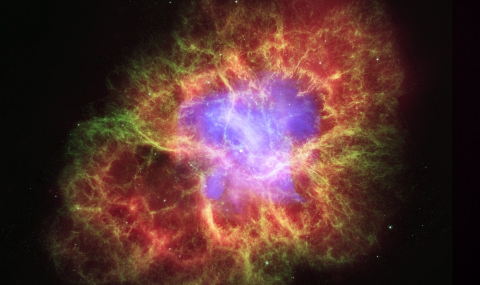The era of gravitational wave astronomy has arrived with the identification of three binary black holes coalescences signals by the Advanced Laser Interferometer Gravitational-Wave Observatory (LIGO). We studied the implications from the spin measurements of binary black holes by LIGO. We were the first to show that these measurements already provide useful constraints on several formation scenarios. We were able to predict the spin distribution for a specific scenario, in which an isolated field binary of massive stars evolved to become a binary black hole and the birth spins of the black holes are small. Under this assumption, the spin distribution should be bimodal.
So far, all LIGO events are consistent with the predicted bimodal distribution. The predicted distribution will be critically tested in the next few years, as many more binary black holes coalescence signals are expected from the LIGO/VIRGO detectors.

Normalized spin distributions for a pair of 30 solar-mass black holes under the assumption that the birth spins are negligible. The normalized spin is constrained to be between zero and one in the scenario. Also shown are the measurements from the reported LIGO events. The possible range of observed values for the normalized spin is indicated by a red line for each event.


